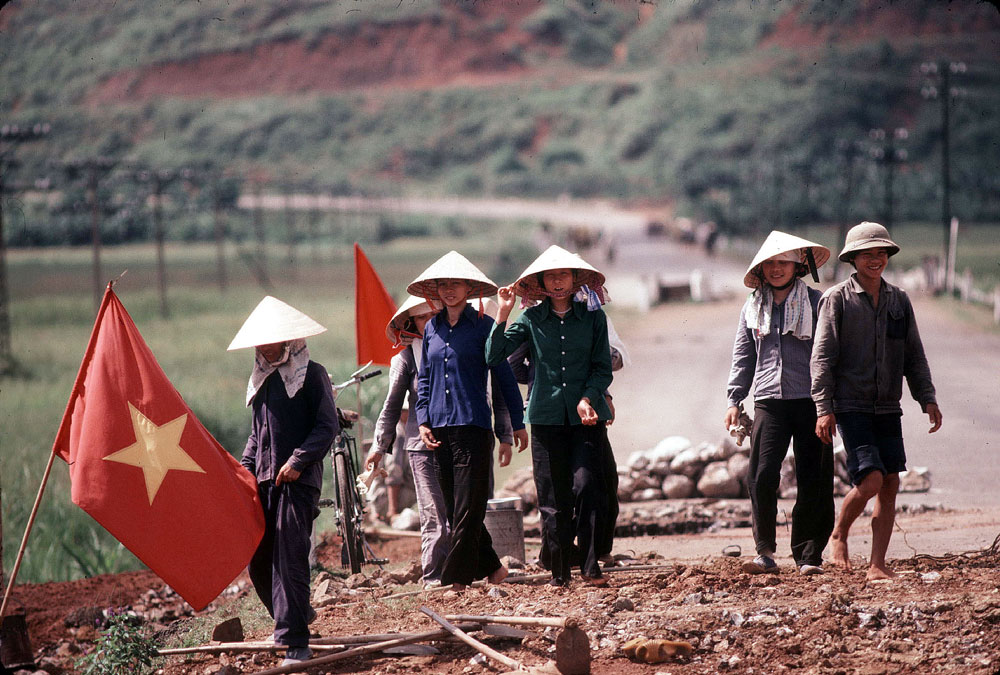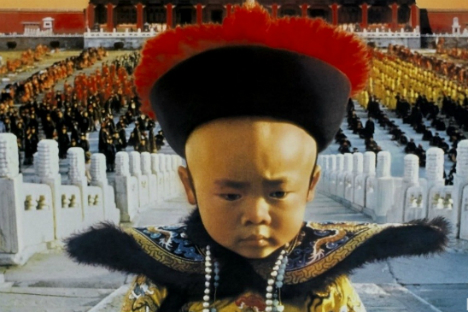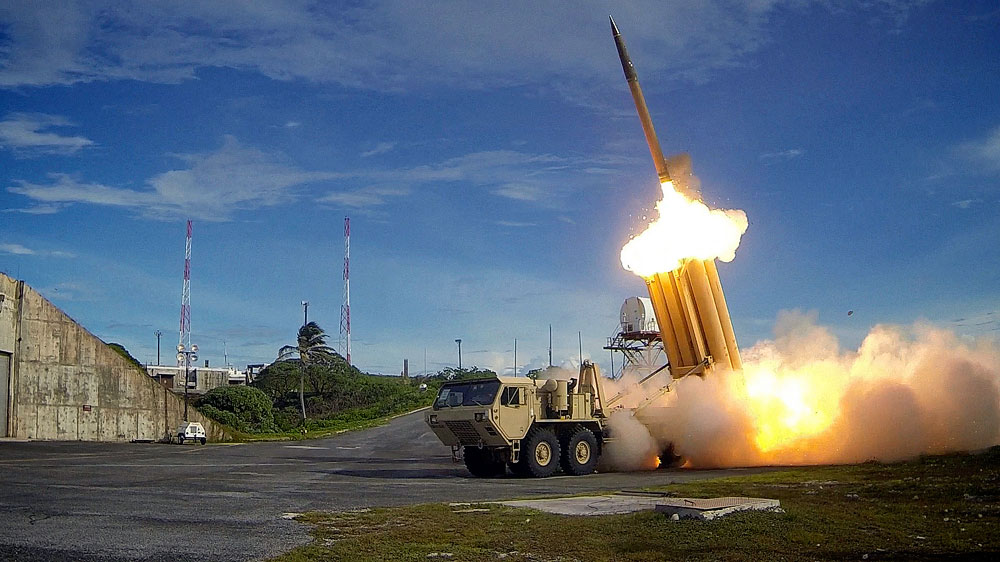How Russian aid helped rebuild post-war Vietnam

Rehabilitation of the road south of Hanoi, 1988.
Roger Violet / East-NewsAfter signing a free trade agreement with the Eurasian Economic Union in 2015, Vietnamese leaders spoke about raising bilateral trade between the country and the economic union of former Soviet states to $10 billion by 2020. This still seems like a paltry sum when it is compared with the $30 billion in annual bilateral trade between Vietnam and the United States.
There was however a long period when Moscow was Hanoi’s largest trading partner. This special relationship that lasted from the 1970s till 1991 was largely facilitated by the fact that the Soviet Union was the largest donor of aid to Vietnam.
“The entire industrial base of Vietnam was set up by the Russians after the end of the war,” says Hoang Khu, a former technical specialist of Vietsovpetro, an oil and gas joint venture set up in 1981. Khu, who is an energy industry consultant in the city of Vung Tau, says Russian assistance went beyond oil and gas. “Soviet specialists largely helped demine the southern part of the country and revive the agricultural lands that were laced with Agent Orange and other toxic chemicals.”
A friend in need
Immediately after the Vietnam War, several countries were willing donors to the country. China contributed around $300 million in annual aid, until the countries fought a border war in the late 1970s. Japan, which was one of the most forthcoming donors, stopped aid after Vietnam’s occupation of Cambodia.
The only western country that provided Vietnam with developmental assistance in the Cold War era was Sweden. The yearly average of Western aid to Vietnam till 1986 was around $100 million. Russian aid to Hanoi ballooned after Vietnam joined Comecon, an economic organization of communist states.
According to a study published by the U.S. Library of Congress, Soviet economic aid to Vietnam was between $0.7 billion and $1 billion in 1978. Right until the mid-1980s, Soviet aid to the country was $1 billion annually. The aid comprised of loans, trade credits, technical training, project assistance and price subsidies.
“We set up all the power plants in the country, a series of dams and set up the country to become a major beneficiary of the Asian hardware boom,” says Nikolai Baltak, a technical specialist who lived in Vietnam from 1983 to 1987. “It came to an end during Perestroika, when the Soviet Union could no longer afford to subsidize Vietnam.”
“The north-south railway line from Hanoi to Ho Chi Minh (Saigon) was rebuilt by the Soviet Union,” says Khu. “They also provided the technical assistance to reconstruct the biggest bridges in the country.
Khu adds that the destroyed French-era tourism infrastructure was rebuilt by the Russians. “The first European tourists in Vietnam after the war were Russians working on projects in the country,” he says. “The country went into a period of isolation after the devastating war, and it was ordinary Russians who had a real glimpse into the rebuilding of the country.” Vietnam is now one of the most popular Asian tourist destinations for Russians.
Return of the Americans
The U.S. normalized trade relations with Vietnam in the 1990s and has had a major economic presence in the country ever since. A large part of the investment from the U.S. comes from members of the prosperous Vietnamese-American community.
“The Americans managed to make major economic gains in Vietnam when the country opened itself for trade,” says Baltak, who returned to Vietnam in 2003 to visit his son who was working for VietSov Petro. “It will be very tough for Russia or the Eurasian Union to compete there, but there should be more pragmatic ways to build the economic relationship,” he adds.
“There are plenty of niches that Russia can find in the Vietnamese market,” says Khu. “Russia undoubtedly remains the preferred partner for Vietnam in high technology, defense and nuclear power.”
Moscow and Hanoi hoping for greater cooperation in economic areas. The export of Russian-made Renault cars to Vietnam and the setting up of a Vietnamese industrial cluster in Moscow should help boost the economic relationship that was once Vietnam’s most important.
Read more: Escape at dawn: When the Korean King sought Russian help
All rights reserved by Rossiyskaya Gazeta.
Subscribe
to our newsletter!
Get the week's best stories straight to your inbox

